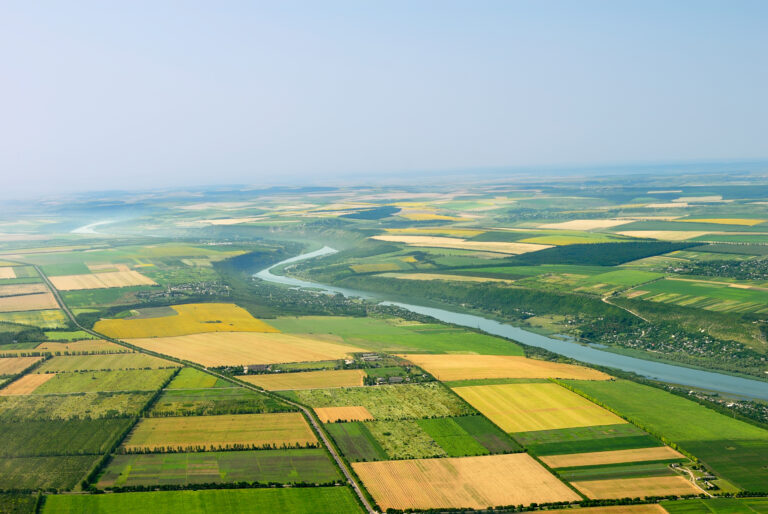
Who Will Control U.S. Agriculture?
In 1973, a land-grant university laid out six possible futures for our food system. We break down how these models predicted the path we’ve taken and the better ones we still have the power to choose.

In 1973, a land-grant university laid out six possible futures for our food system. We break down how these models predicted the path we’ve taken and the better ones we still have the power to choose.

How does our food make it from the farm fields to the table? The answer used to be simple, but in the past 100 years, it’s gotten a lot more complicated and increasingly hidden from the public eye.
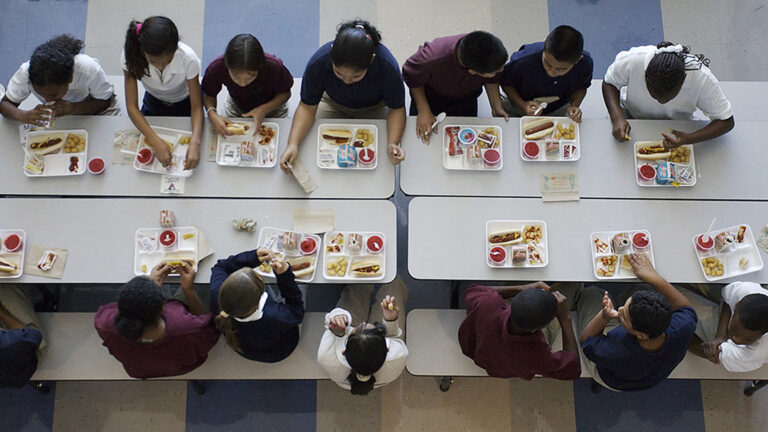
USDA should be using its federal food procurement dollars to jump-start the local food systems that were decimated by decades of industry consolidation.

The checkoff has evolved into a behind-the-scenes machine that extracts money from farmers and funnels it to corporate lobbyists — who work tirelessly to consolidate power over our food system.

Crop insurance is a major driver of consolidation in our food system. It leads to fewer, larger farms that degrade the land and hollow out rural communities.

This is the story of how private companies seized and consolidated control over the seed industry — and how consolidation traps farmers, strangles innovation, damages biodiversity, and threatens our food security.
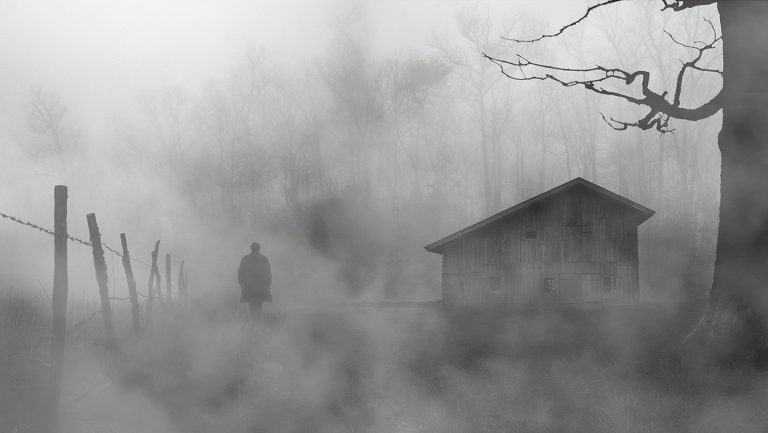
The speed, size, and secrecy of “Farmer Bill’s” land purchases set off alarm bells. Why does a tech-obsessed billionaire need 240,000 acres of farmland?
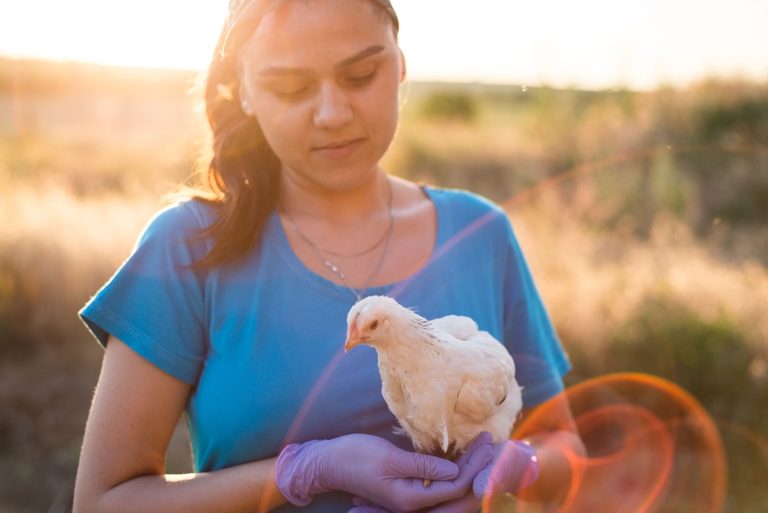
The contract poultry growing system is a bad deal for farmers, consumers, and the communities that surround large industrial operations.
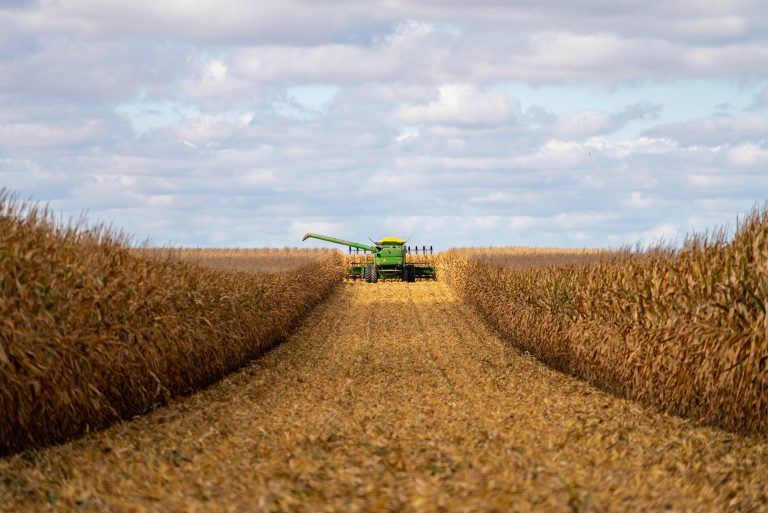
Thanks to the influence of corporate monopolies in our food system, there is a big, glaring contradiction between the kind of food our government recommends and the kinds of food it supports.

Our latest blog tells the history of Kansas’ prosperous Black farmers, and how the present-day fight to reclaim that legacy will benefit all family farmers — in Kansas and beyond.